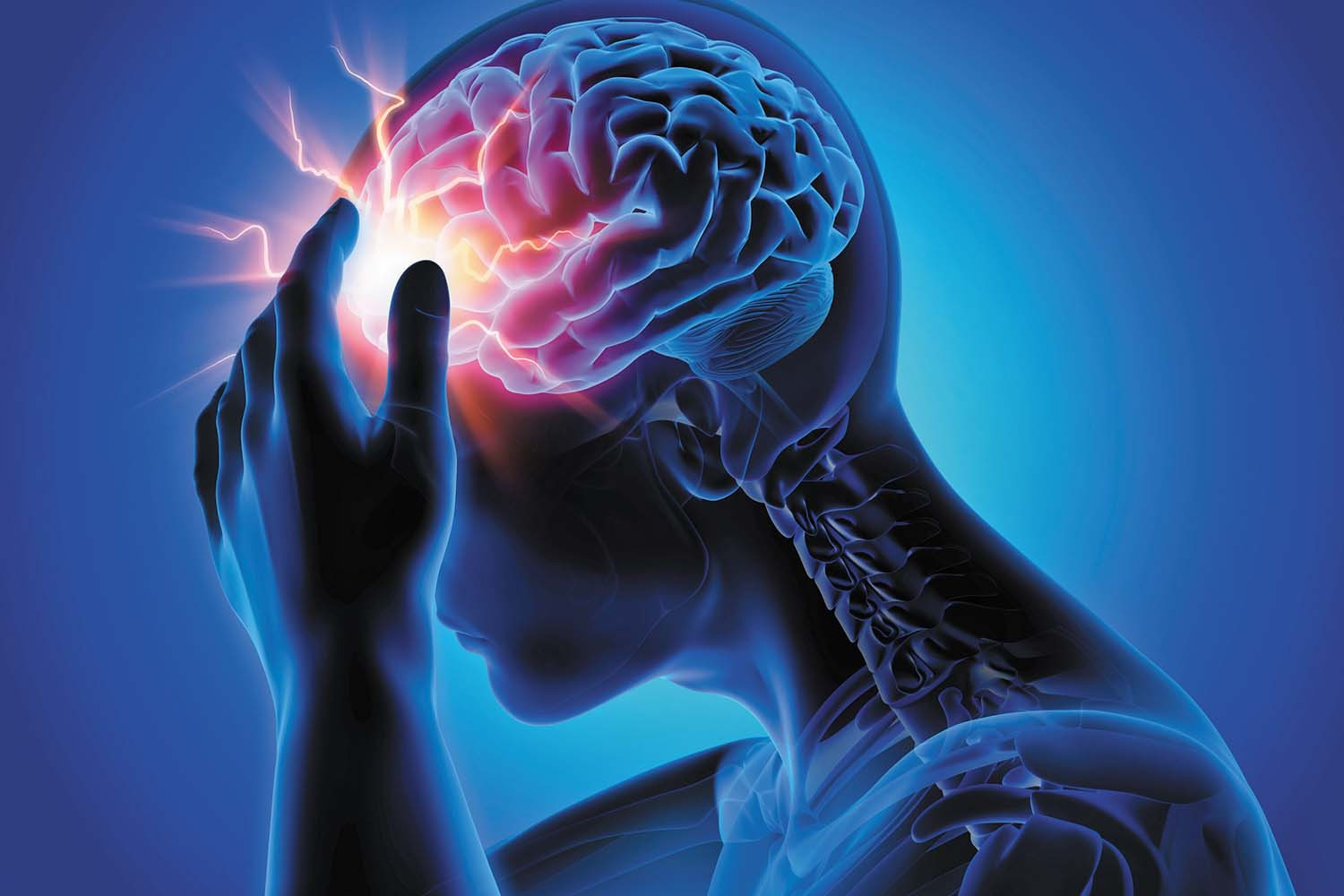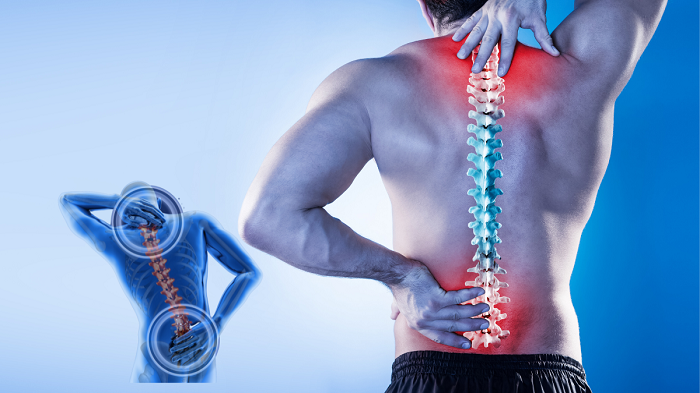Chronic headaches are a common and often debilitating issue that can affect daily life, mood, and overall well-being. Unlike occasional headaches, chronic headaches occur frequently, with symptoms persisting for 15 or more days per month over a span of three months or more. Identifying the underlying cause of chronic headaches and finding the right treatment is essential for long-term relief. Here’s an overview of the most effective treatments for managing chronic headaches and achieving lasting comfort.
1. Lifestyle and Dietary Adjustments
Lifestyle factors like diet, stress, and sleep patterns significantly influence the frequency and severity of headaches. Keeping a headache diary can help identify specific triggers, such as certain foods, lack of sleep, dehydration, or excessive caffeine.
- Stress Management: Incorporating relaxation techniques, like deep breathing exercises, meditation, and yoga, can reduce stress levels and lower headache occurrences.
- Sleep Quality: Establishing a consistent sleep schedule, creating a relaxing pre-sleep routine, and limiting screen time before bed can help improve sleep quality, reducing headache frequency.
- Dietary Awareness: Avoiding common headache triggers such as alcohol, processed foods, and foods high in preservatives can help manage symptoms.
2. Medication Options
Medication is often a primary line of treatment for chronic headaches. Options range from over-the-counter pain relievers to prescription medications, depending on the severity and type of headache.
- Preventive Medications: Daily preventive medications like beta-blockers, tricyclic antidepressants, and antiepileptic drugs can help reduce the frequency of headaches. These medications are typically prescribed for migraines or chronic tension headaches.
- Pain Relief Medications: Nonsteroidal anti-inflammatory drugs (NSAIDs) and prescription pain relievers can provide quick relief for acute headache episodes. However, frequent use of these medications can lead to medication-overuse headaches, so it’s essential to follow medical guidance.
- CGRP Inhibitors: Recently developed calcitonin gene-related peptide (CGRP) inhibitors are specifically designed for migraine prevention and have proven effective for chronic headache sufferers.
3. Physical Therapy and Posture Correction
For those with headaches caused by tension in the neck and shoulder muscles, physical therapy can be beneficial. A physical therapist can guide exercises to strengthen and stretch the muscles, which can alleviate pressure and tension that often contribute to headaches.
- Posture Correction: Poor posture, especially due to prolonged sitting at a computer or desk, can lead to muscle strain in the neck and shoulders. Learning proper posture and incorporating ergonomic adjustments can help relieve chronic tension-type headaches.
- Manual Therapy: Techniques such as massage, joint mobilization, and myofascial release can be effective in reducing muscle tightness that often causes headaches.
4. Botox Injections
Botox injections are a proven treatment option for chronic migraines and are FDA-approved for this purpose. Administered every three months, Botox injections work by blocking pain signals in the nerves and reducing muscle tension.
- Effectiveness: Many patients experience a reduction in headache frequency and severity after starting Botox treatment. It’s particularly effective for those who haven’t found relief with other treatments.
- Duration of Relief: Botox injections typically last around three months, making them a manageable option for long-term relief.
5. Nerve Blocks and Trigger Point Injections
For patients experiencing specific types of chronic headaches, nerve blocks and trigger point injections can offer targeted relief. These injections provide a localized effect, addressing specific pain points to prevent pain signals from reaching the brain.
- Nerve Blocks: Nerve blocks are injections of a local anesthetic near the nerves responsible for headache pain. They provide fast relief and are often used for occipital neuralgia or cluster headaches.
- Trigger Point Injections: Trigger points, or tight muscle areas, can cause pain that radiates to other parts of the body. Injecting an anesthetic or corticosteroid into these points can provide significant relief, particularly for tension headaches.
6. Cognitive Behavioral Therapy (CBT) and Biofeedback
CBT and biofeedback techniques can help patients manage chronic headaches by addressing both physical and psychological factors.
- CBT: Cognitive Behavioral Therapy focuses on changing thought patterns and stress responses that contribute to headache pain. Patients learn techniques for managing pain, identifying triggers, and coping with headache-related anxiety.
- Biofeedback: Biofeedback uses sensors to measure physiological responses, such as muscle tension and heart rate. By visualizing these responses, patients can learn relaxation techniques to reduce muscle tension and prevent headaches.
7. Complementary and Alternative Therapies
Alternative therapies, such as acupuncture, aromatherapy, and herbal supplements, are becoming popular options for headache relief. These therapies can complement traditional treatments and provide additional benefits for some individuals.
- Acupuncture: This traditional Chinese technique has been shown to reduce headache frequency and severity in some patients by stimulating specific points on the body.
- Herbal Supplements: Some studies suggest that supplements like butterbur and feverfew can help reduce migraine frequency. However, it’s essential to consult a healthcare provider before starting any supplement.
Finding Lasting Relief
Chronic headaches are complex, and what works for one person may not work for another. At Neurology and Pain Management Clinic (NPMC), Dr. Gautam Arora and his team create personalized treatment plans to provide comprehensive and long-lasting relief for chronic headache sufferers. Combining medical treatments with lifestyle adjustments, physical therapy, and complementary approaches, patients can experience real improvements and get back to enjoying life headache-free.




